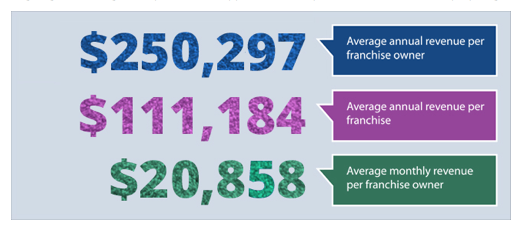The choice of an entity is often the first important legal decision that an entrepreneur must make. In the last few years, there have been more choices making it important to review the pros and cons of choices.
On what basis does a firm make this important decision? Certain key factors help to form a guide in answering this question.
An organization with several owners can be formed as a Limited Liability Company ("LLC"), General Partnership, or a Corporation. Limited partnerships and Limited Liability Partnerships will not be discussed in this article.
1. Limited Liability Company
The LLC is a relatively new entity. It was created to combine some of the advantages of a general partnership and a corporation while eliminating some of the disadvantages of both. Owners of an LLC, called "members", have limited liability similar to shareholders of a corporation.
However, in structure, the LLC is more like a partnership.
The LLC can be managed by the members or by a manager. Usually there isn't a board of directors or officers. Corporate formalities such as meetings and minutes are not required. Profits and losses are passed through to the owners on their personal tax returns and are not separately taxed to the entity.
LLC members do not have to be individuals and voting power and share of profits and losses do not have to be identical; for example, an owner can receive X% of the profits and own Y% of the LLC and have Z% of the voting rights.
It's obvious to see why LLC's are so popular.
2. General Partnership
Similar to the sole proprietorship in the ease of formation, the only requirement to form a general partnership is that two or more people engage in a business activity for profit (Uniform Partnership Act). Expenses and profits do not need to be shared equally. Although there are no formal requirements, it is highly recommended that a written partnership agreement be executed among the partners. Like a sole proprietorship, the general partnership is not taxable as an "entity".
There are disadvantages to a general partnership. The partners of a general partnership have unlimited personal liability for not only their own torts and contracts, but for those of the other partners too. The death or withdrawal of one of the partners causes a dissolution of the general partnership. Caution should be exercised to avoid having the partnership be viewed by IRS as a corporation and then taxed as such.
3. Corporation
A corporation that is owned by a limited number of people is known as a "closely held corporation". Like a partnership, most, if not all, of the shareholders are involved in the management of the business. However, unlike a partnership, all the shareholders, or owners of the corporation, have limited liability for the acts and omissions of the other owners.
Additionally, avoiding personal liability for business debts and court judgments is another advantage of a corporation. Without personal guarantees a creditor can only collect from the assets of the business, not against the personal assets of the owners.
Because a corporation is a separate legal entity from its specific shareholders, the business continues regardless of who owns the shares. Corporations offer the opportunity to bring in investors who can own shares in the company without having to worry about personal liability. Tax deductions may be taken for benefits provided to its employees and to the owners.
Corporations often have a more favorable tax rate structure to allow the owners to save earnings at a lower rate.
There are two types of for profit corporations, the "C" corporation and the "S" corporation. These refer to IRS statutes that dictate different tax treatment for the two types of entities.
A "C" corporation is required to pay corporate taxes on profits and the shareholders pay taxes on their compensation and/or dividends.
For this reason many small organizations elect to be "S" corporations.
An "S" corporation does not pay taxes on the profits; profits and losses are passed through to the owners. However, the owners of an "S" corporation cannot be corporations, partnerships or LLC's.
Some of the disadvantages of forming a corporation are the costs and formalities involved. The costs to incorporate vary by location, but typically run several hundred dollars. Corporations are required to hold annual board and shareholder meetings and minutes of director and shareholder actions must be maintained.
Finally, a single individual business owner can have a sole proprietorship, corporation (C or S) or limited liability company.
4. Sole Proprietorship
This is the easiest, least costly and least regulated form of organization for the individual owner. The only legal necessity for forming this business is to commence operations. It is recommended to file a fictitious name registration in all states in which the business will operate and check zoning and licensing laws for the location of the business. Additionally, all marketing materials should be trademarked and/or copyrighted.
As a result of the simplicity and low costs involved in a sole proprietorship, many individually owned businesses choose this option. However, there are some negative aspects to consider. The most important reason to choose one of the other options is that the individual is fully liable for any and all claims by customers, employees, vendors or others.
Conclusion:
In conclusion, there are many factors to consider when choosing the form of entity for your business. The joint advice of your accountant or tax advisor and attorney should be considered before making a selection.
So, what business entity do you want to form?
THIS ARTICLE IS NOT INTENDED TO PROVIDE LEGAL ADVICE. IF YOU WOULD LIKE TO DISCUSS HOW THIS INFORMATION RELATES TO YOUR SPECIFIC SITUATION, PLEASE Contact Spadea, Lanard & Lignana

 via email to
via email to

